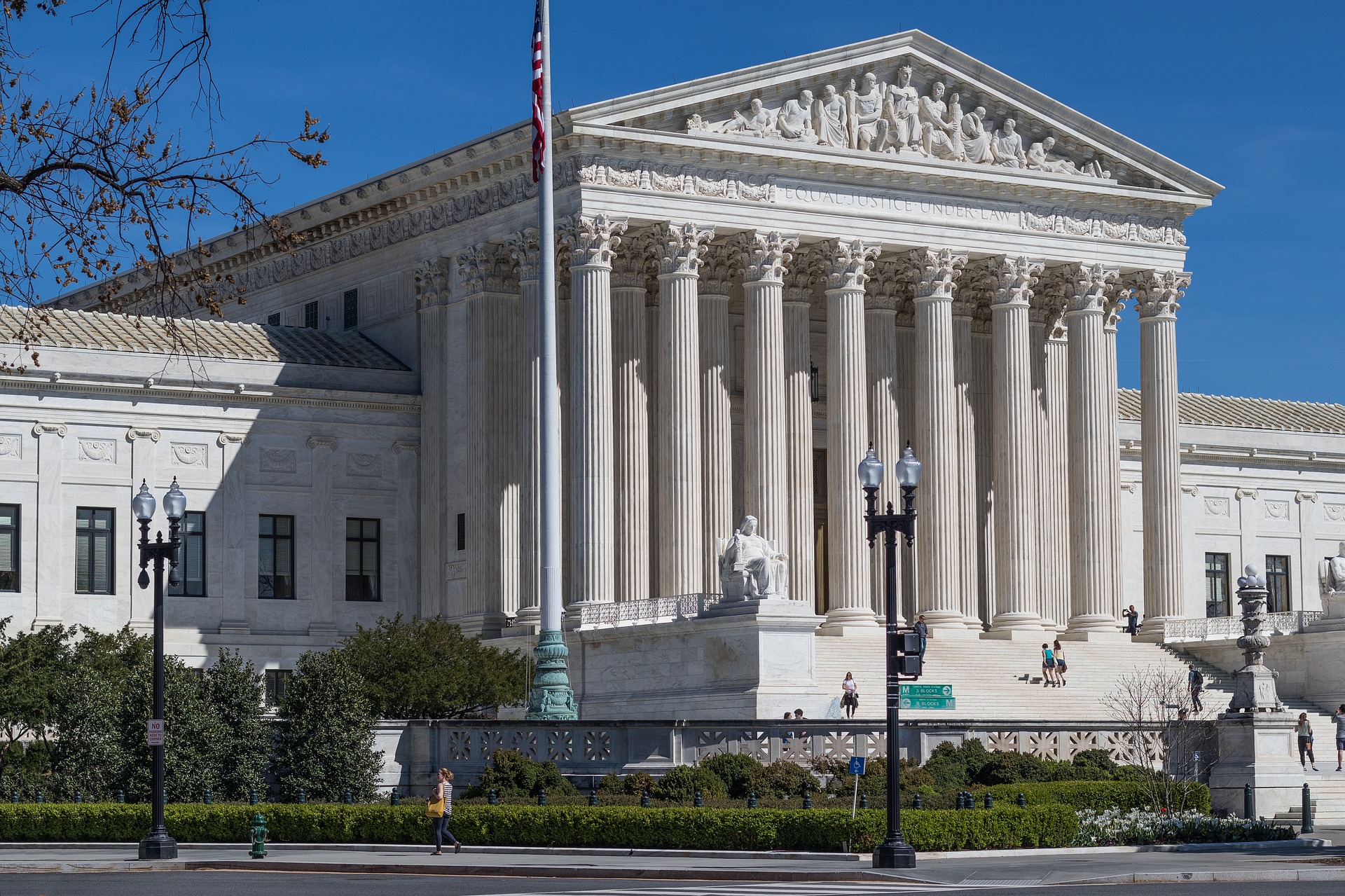Capturing the Courts: The US Supreme Court

With the headlines coming out of the United States Supreme Court, I thought this would be a good time to write about the different courts that make up the American judicial system and how they work together. Let this be the start of a new blog series I’m calling Capturing the Courts, where I will discuss the different levels of state and federal courts and how cases work through each of the various court systems.
For this post, I will delve into the US Supreme Court (“the Court”) but will follow this up with a general overview of how the state and federal courts work together before digging into each specifically.
What is the US Supreme Court?
The United States Supreme Court was established by Article III of the United States Constitution to act as the highest court in the United States.
Who Gets to Be on the US Supreme Court?
The Court is made up of 9 “Justices” (the Supreme Court term for Judges) who are appointed by the President and confirmed by the Senate for a life term.
One of the best depictions of the appointment process can be found in my all-time favorite show, The West Wing, in season 5, episode 17, fittingly called “The Supremes.” (To be honest, I can connect almost any life situation to an episode of the West Wing – it is my favorite depiction of a lot of things.)
What Kinds of Cases Do They Decide?
The jurisdiction of the US Supreme Court is laid out in Section 2 of Article III of the Constitution. Most cases that come before it are cases on appeal from lower federal courts involving the application and interpretation of constitutional or federal law.
In rare cases, the Supreme Court exercises original jurisdiction (meaning direct access, rather than an appeal) over
- suits between 2 or more states or
- cases involving ambassadors and other public ministers.
Unlike some other appellate courts, the US Supreme Court does not hear all of the cases that litigants bring before it. Instead, the US Supreme Court has the discretion to grant a writ of certiorari, giving a party permission to bring its case before the US Supreme Court. Of the over 7,000 cases seeking a writ of certiorari, only 100 – 150 are granted per year.
The Court hears cases during a “term” which begins on the first Monday in October and typically ends in June or July of the following year.
What Factors Influence Their Decision?
When the US Supreme Court agrees to hear a case, it considers the procedural and factual record in the case aided by the briefs filed by the parties and oral argument. In many cases, other entities and organizations that have an interest in the case also file briefs for the Court to read; these are called amicus briefs.
I have to imagine that arguing a case before the US Supreme Court is both the most pride-inducing and nerve-racking experience a lawyer could ever have.
Who Writes the Opinion? Are There Multiple Opinions?
After oral argument is heard in a case, the Justices conference to discuss and decide on the outcome by vote. The conference process is closed, and only the Justices are present. Each Justice is allowed to speak, and, after the vote is tallied, one Justice is assigned to draft the opinion.
In many cases, the other justices write multiple additional opinions in support of (concurring) and against (dissenting) the majority decision. The draft majority opinion is circulated to ensure that most of the Justices agree with its contents.
In some cases, the Justices may change their position upon further consideration and review of the draft majority, concurring and dissenting positions. When that happens, the Court’s outcome and ultimate decision can change.
Even if a draft opinion is leaked (which is rare), it becomes official only when the opinion is delivered in open court.
